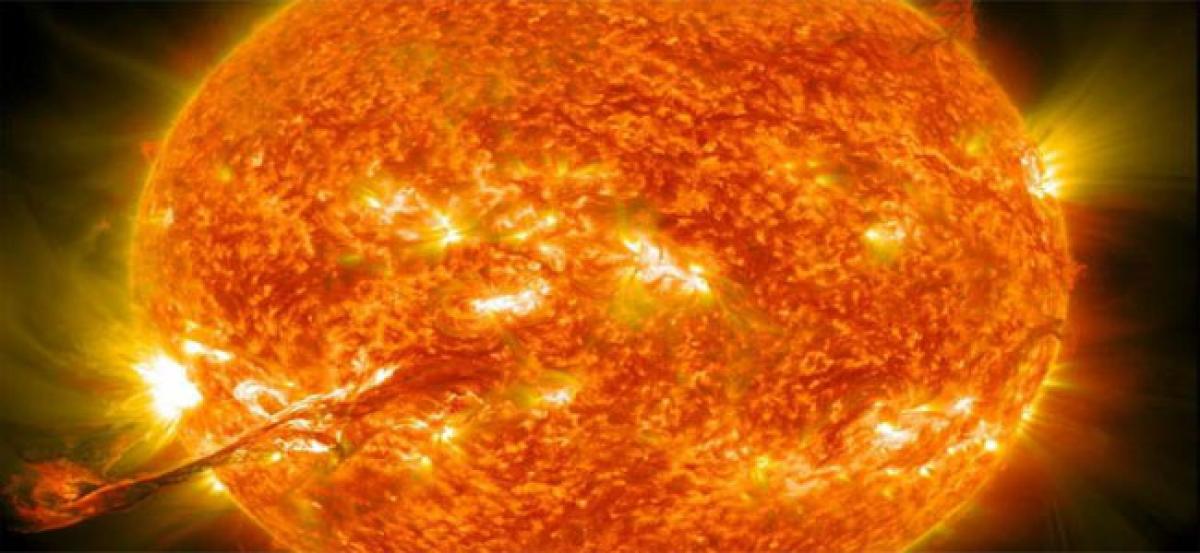Live
- Hemant Soren: A legacy of struggle, skill, political success
- Pawan Kalyan: Deputy Chief Minister Returns to Sets with 'Hari Hara Veera Mallu' Shooting Near Amaravati
- Akhilesh Yadav hails Jharkhand poll victory as boost for INDIA bloc
- Assam Police growing as preferred training organisation in country: CM Sarma
- Trump a friend of India and PM Modi, don't foresee any problem whatsoever: Piyush Goyal
- 5.8 magnitude earthquake jolts J&K, triggers panic
- Tejashwi demands action against rebel MLAs of Grand Alliance
- Indian govt understands more incentives must reach people, taxes need to be cut: Jim Rogers
- Delhi HC issues notice on BJP MPs plea to implement Ayushman Bharat
- India should target FIFA top 50 rankings in next 10 years, Dr Mansukh Mandaviya tells AIFF prez









